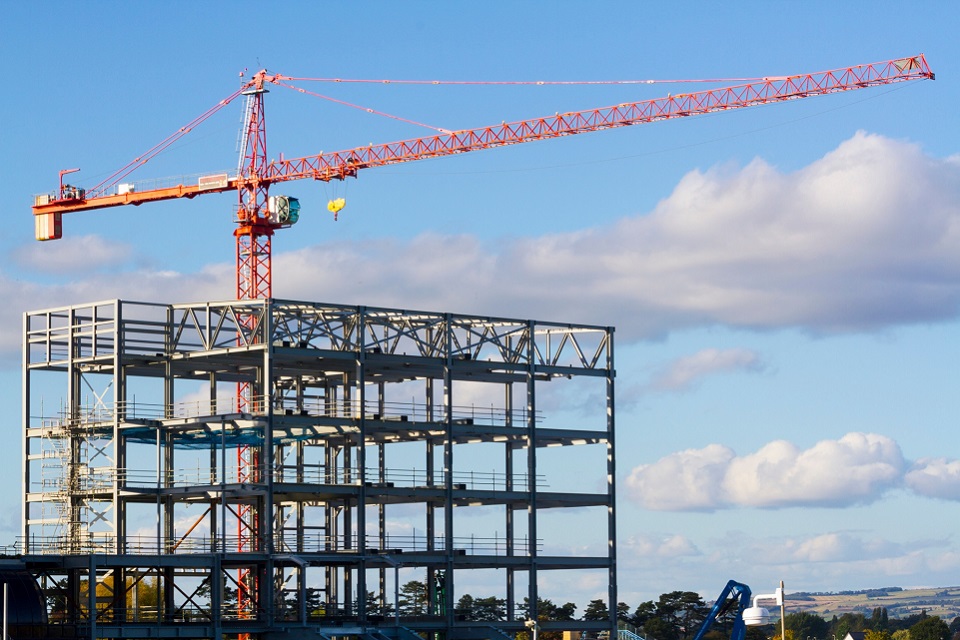Steel fabrication and erection are critical to creating unique architectural and artistic structures. Professional fabricators and erectors work closely with architects and artists to translate their vision into tangible forms.
Choosing a crew specializing in steel building erection can make the construction process run more smoothly. A team that has been together for a long time has established working relationships and can usually complete jobs faster.
Table of Contents
Safety
An effective safety program is a company’s responsibility and makes good business sense. Workers who are injured on the job can not only hurt morale but also increase labor costs and impact production time. In addition, insurance premiums for workman’s comp can add up over the long run.
As a result, safety is a top priority for steel erection companies. Achieving the optimum level of safety on any structural steel project requires careful planning. This involves reviewing a site-specific hazard assessment and erection drawings identifying the order in which steel pieces are connected. It also requires personal fall protection, including body belts and lanyards. Ironworkers are the key to ensuring a safe work environment on large construction sites.
Efficiency
Structural steel erection is a construction process that requires considerable coordination. Fabricated steel components must be delivered to a construction site in the correct order for the planned efforts during a day; crews of workers must be available to fit pieces together and bolt joints; cranes and welding equipment must be available when needed; and ancillary materials like bolts must be readily available.
If you have ever passed construction sites for new steel buildings, chances are that you have seen professional steel erectors or ironworkers doing their jobs. These skilled professionals help build the framework that supports many of our nation’s most critical infrastructure projects. They make it look easy, but it’s not without its challenges. Achieving high efficiency is essential for these contractors, especially given the current labor shortage.
Reliability
You’ve likely seen a steel erector (also known as an ironworker) in action on construction sites. They follow specific safety guidelines to assemble and reinforce steel structures like industrial buildings, bridges, and towers. They also work on projects that are designed to improve existing systems.
While reliability is a critical component of any test, it is essential to remember that just because a measure is reliable does not mean it is valid. The validity of a test is determined by how well the results measure what they claim to measure.
One way to measure reliability is to conduct a parallel forms experiment. This is done by administering two different test versions (both must contain items that probe the same construct, skill, or knowledge base) to the same group of participants and then correlating the total scores for each set.
Flexibility
Steel erection involves constructing, altering, or repairing steel buildings and bridges. This includes the installation of metal decking and all planking. It also provides for the erection of steel beams and girders. This type of work is hazardous, so following all appropriate safety guidelines is essential.
Structural steel fabrication and erection are essential in various commercial and industrial construction projects, from office buildings and warehouses to multistory apartments and car parks. The strength of steel allows architects and designers to create unique structures that are functional and beautiful.
To help offset costs associated with implementation, the Department may charge a reasonable fee for licensure. The fees shall be deposited into the Steel Erectors Licensure Fund.
Convenience
Structural steel erection involves building, altering, and repairing structures like steel buildings and bridges. It also includes the installation of metal decking and all planking used in the process. Steelworkers assigned to erection work typically work at heights and must follow strict safety protocols.
This isn’t a career for everyone, but there are several routes to becoming a steel erector. You can complete a vocational school course, join an apprenticeship, or apply directly to steel construction companies.
Erecting a steel building is quicker than pouring concrete and can be completed in almost any climate. Modifying a steel structure is also easier than it is for concrete. This saves time, labor costs, and money. It can even reduce the number of inspections required by local authorities.



